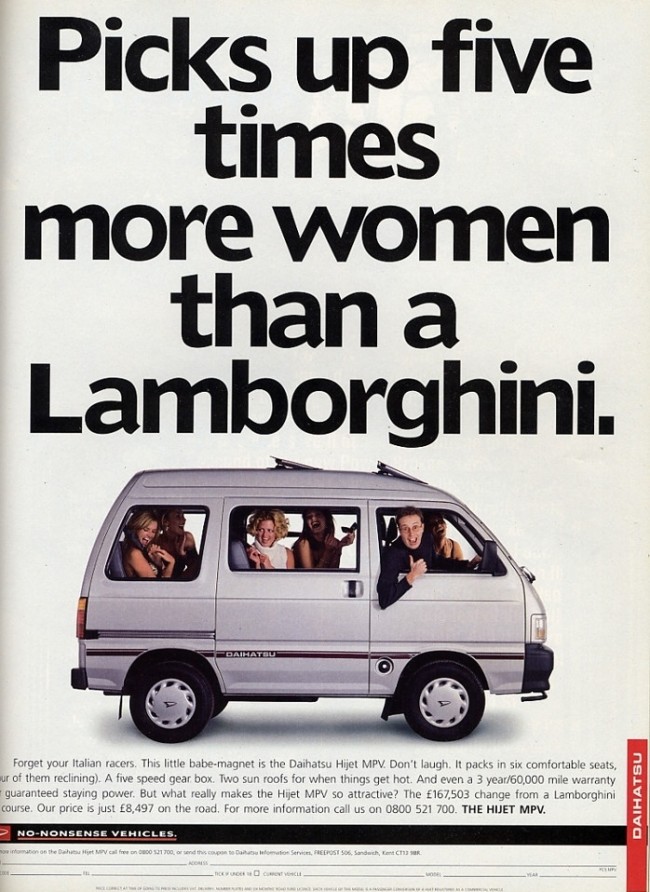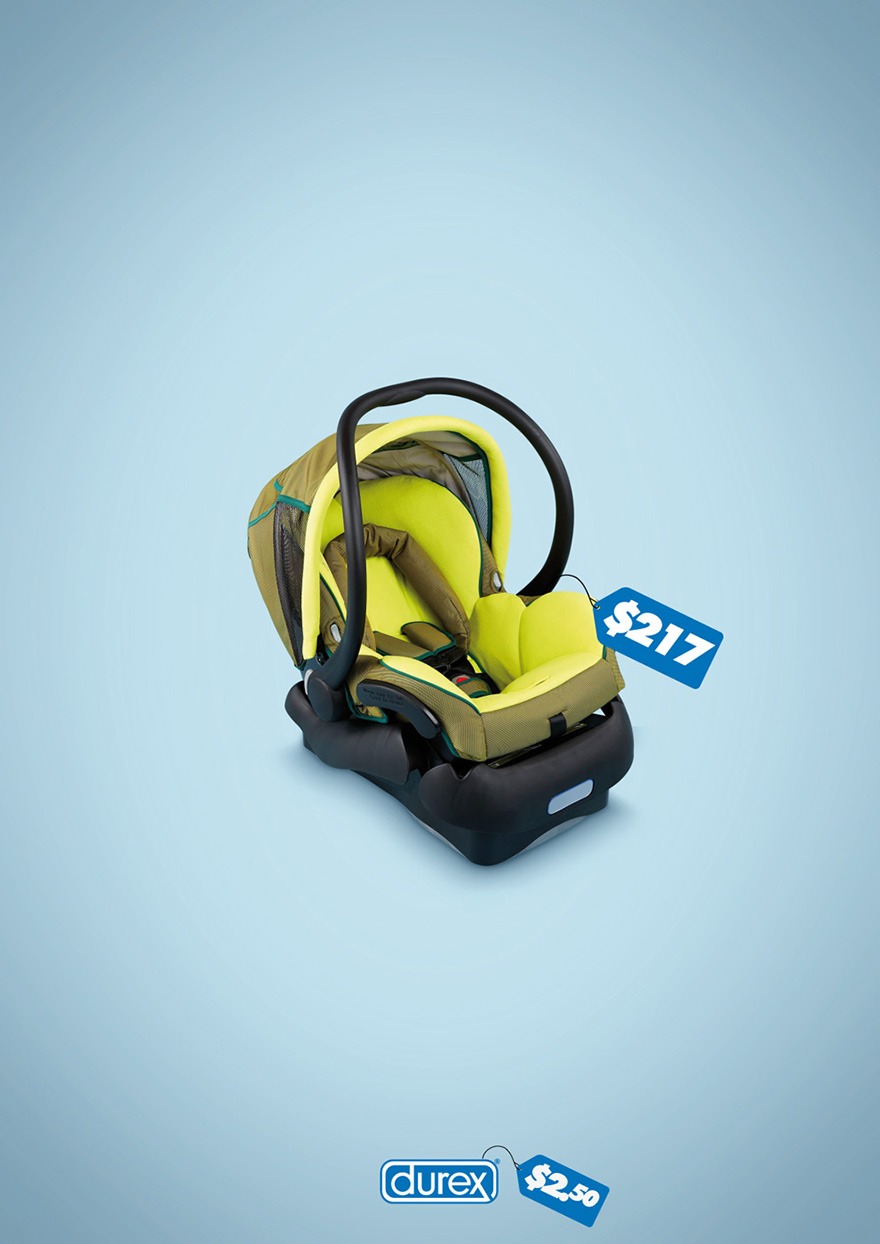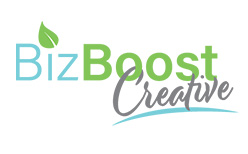Print advertising has been around forever and is one of the most iconic content marketing platforms used all over the world. Over the decades, we have seen the development and evolution of print advertising based on changes in taste, artistic styles and movements, technological advancements, historic events, political correctness and cultural acceptance.
If we trace back to the 1910s and 1920s, print advertising was more text heavy and required the viewer to actually read the content in order to absorb the message. Since then, print advertising has evolved in such a way that nowadays it is more image based and focuses on simplicity, contrast and strong story telling in creative ways.
With this creativity has emerged designs that have challenged cultural acceptance and pushed the boundaries as to what is classed as witty and clever, as opposed to what is offensive and inappropriate. In the world we live in today, it really comes down to the viewer’s personal views and interpretation that define what is witty vs what they find offensive. A number of mainstream issues in today’s society have been publicised through controversial advertising and spark much debate as to whether they are too inappropriate or whether their confronting messages, whilst being brutal, are in fact effective as people notice them and understand the concept they are trying to portray.

The United Colors of Benetton are a fashion brand in the United States and renowned for their confronting and controversial advertising. They tend to touch on a number of major issues currently present in the US and around the world.
They have released a series of adverts touching on race and portray the fact that their product is for everyone, worldwide. However, some will look at their adverts and interpret it as racial discrimination, which is a major global issue.
For example, the advert pictured right shows 2 children hugging, however the subtle message being portrayed is that one child seems to symbolise an angel, whereas the other seems to reflect the devil with the horn like appearance of their hair. So the debate comes about as to whether you take it on face value and it shows cooperation and acceptance of all cultures, or do you read into it more?
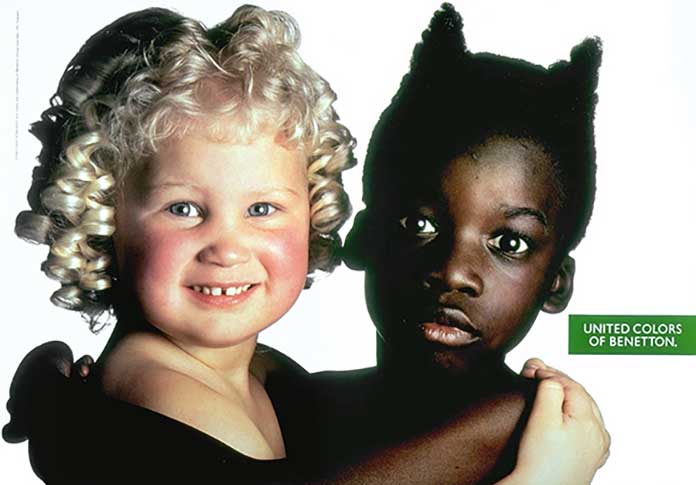
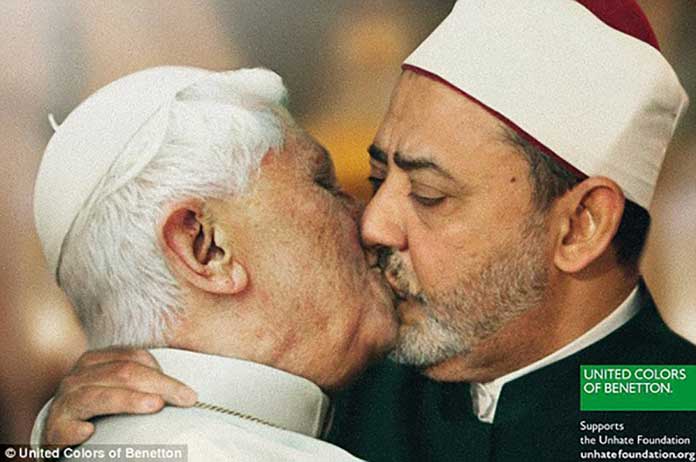
Their ‘Unhate’ campaign is one of the most famous series of adverts ever released by a company. It shows a number of the world leaders, sharing a kiss. Clearly the result of photoshop, it sparked so much controversy as it included iconic figures such as The Pope and Barrack Obama.
Many may look at this as symbolising world peace which is what so many are striving towards, whereas others familiar with knowledge of the culture these leaders represent may find this offensive if the leaders pictured have differing political views or conflicts. And then there is also the whole gender relationship debate that is interpreted differently by people and religions all over the world.
Objectivity of both men and women is also something commonly seen in print advertising – particularly in the fashion industry.
Dolce and Gabbana are a company that have released some controversial adverts that subtly reference rape and portray it in an acceptable way.
In wake of the recent ‘Me Too’ movement against sexual harassment and assault, these ads would spark quite a bit of controversy.

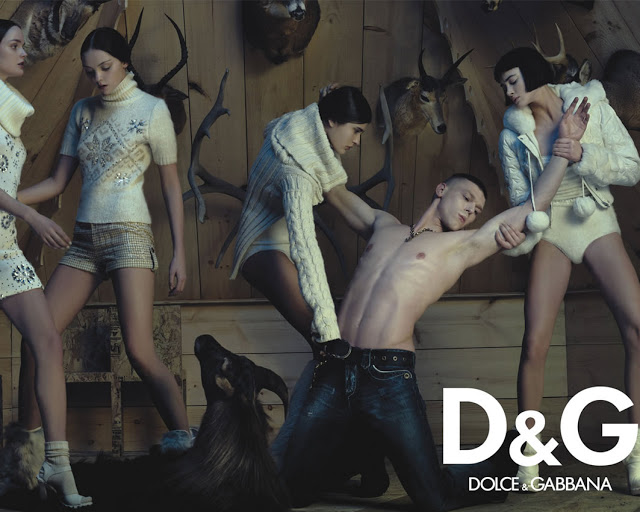
The fashion industry has also produced adverts referencing drug addiction which is a growing problem world wide. The ad pictured below is portraying addiction as a positive thing – as long as it is to fashion – but sometimes this can in-avertedly lead to mixed messages and portray addiction in general as a positive thing.
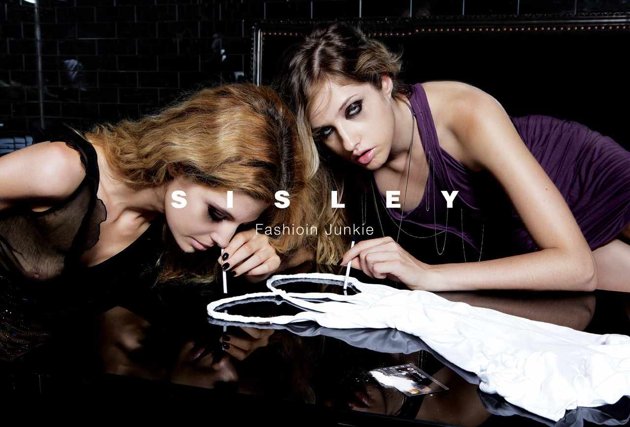
'Fashion Junkie' - Sisley
Whilst we may look at these adverts nowadays and many would find them offensive and put them off purchasing products from these companies, we take a look back a few decades ago and this sort of portrayal was embraced in print advertising and effectively used to draw in sales.
Tabacco ads being endorsed by Doctors and Dentists were the norm, whereas nowadays it is the opposite as research has revealed that it’s not in fact healthy for you.
Adverts for clothing, food, cleaning products all portrayed men’s superiority to women and how a woman’s job was to please her husband. In today’s world of equality these adverts would be frowned upon, however, at the time it was effective marketing based on current trends in society.
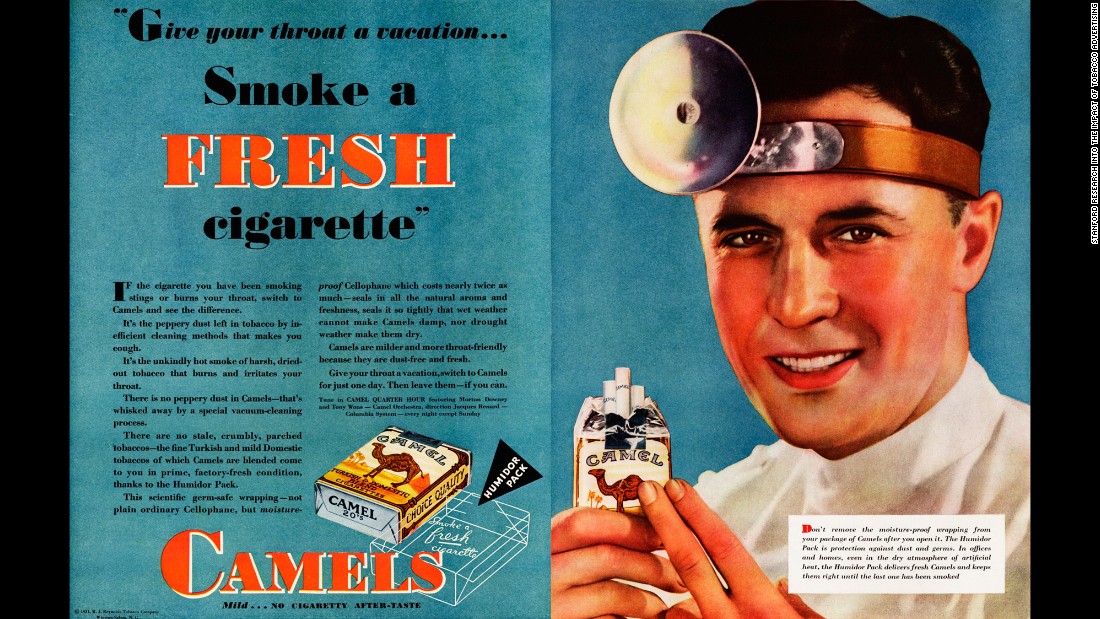
'Smoke a fresh cigarette' - Camels Cigarettes
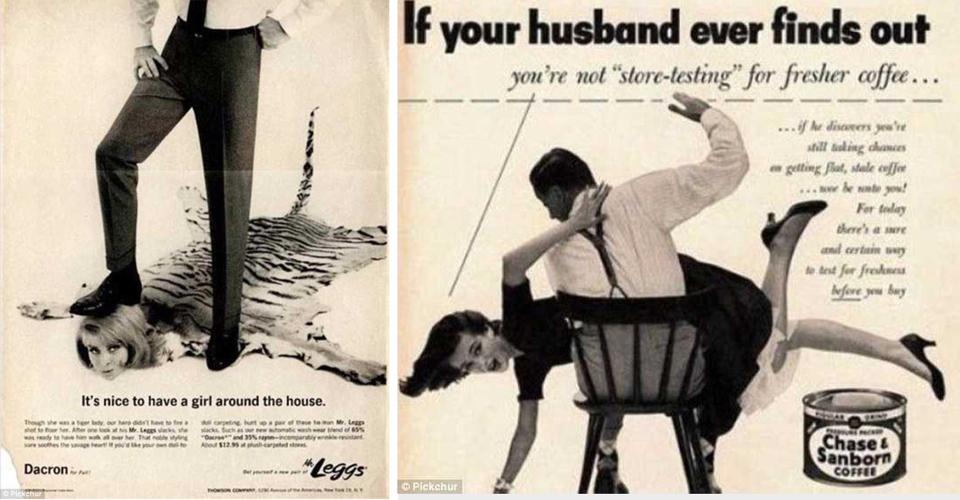
L: 'It's nice to have a girl around the house' - Mr Leggs
R: 'If your husband ever finds out you're not 'store-testing' for fresher coffee' - Chase and Sanborn Coffee
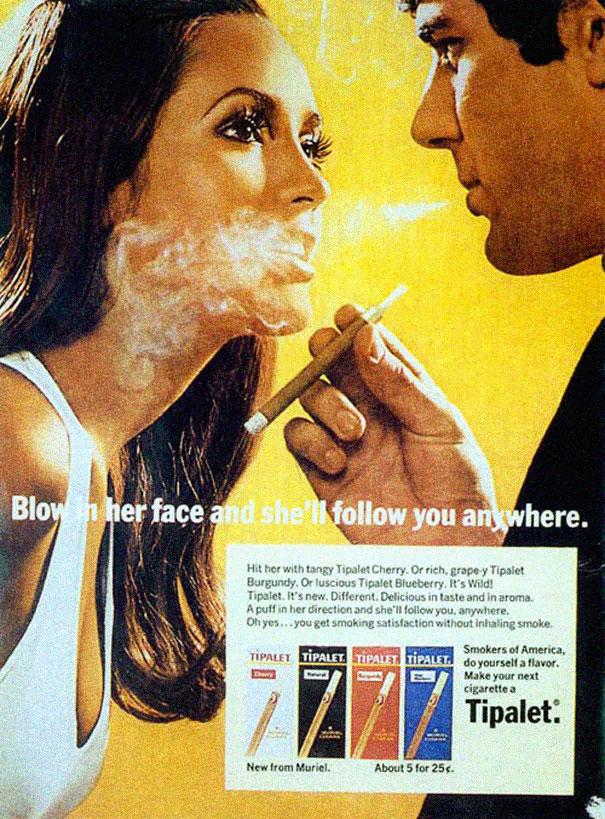
'Blow in her face and she'll follow you anywhere' - Tipalet Cigarettes
So as you can see, as print advertising continues to develop and creative boundaries are continually being pushed, we must ask ourselves, where do we draw the line? Are these adverts that publicise world issues in such a confronting way deemed unfit for public release – or are they only inappropriate because of the way we read into them and interpret their underlying meaning based on our own personal views and opinions. There is no denying that they are effective as we are in fact talking about them right now, so these companies have got our attention – but are they hindering themselves by offending people which leads to loss of sales? Or in the grand scheme of things does that really matter or influence their sales – I can’t imagine United Colors of Benetton are at risk of going out of business any time soon based on a plummet in sales from their advertising campaigns!
So whilst we have in fact touched on some of the extreme examples of controversial advertising, I leave you with a series of adverts that push the boundaries of witty vs. offensive. Judge for yourself where you think they fall – would these stop in the street? And would you still buy their products?
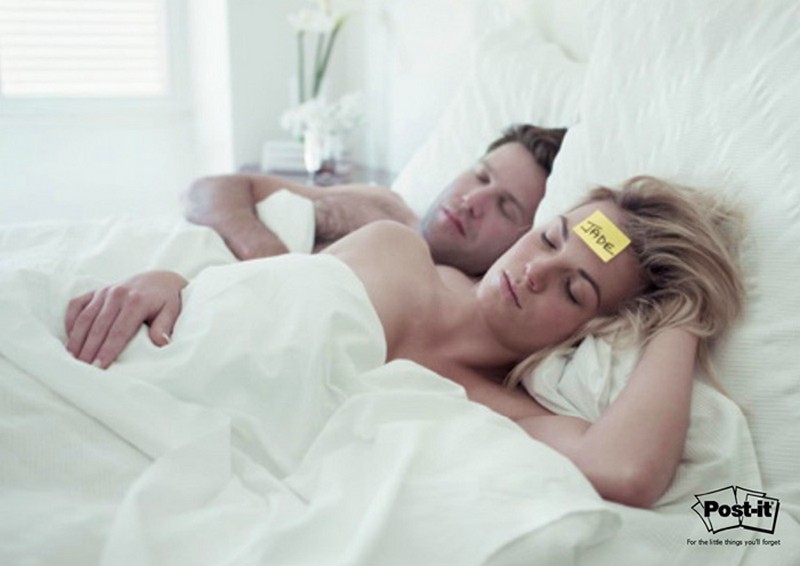
'For the little things you'll forget' - Post-It

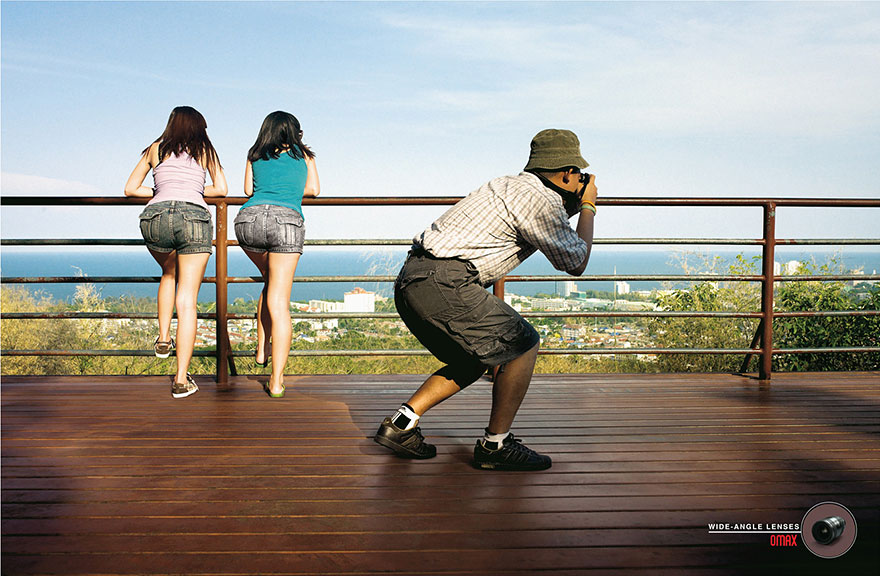
'Wide-Angle Lenses' - Omax

'Sexy Heels by Samantha'
